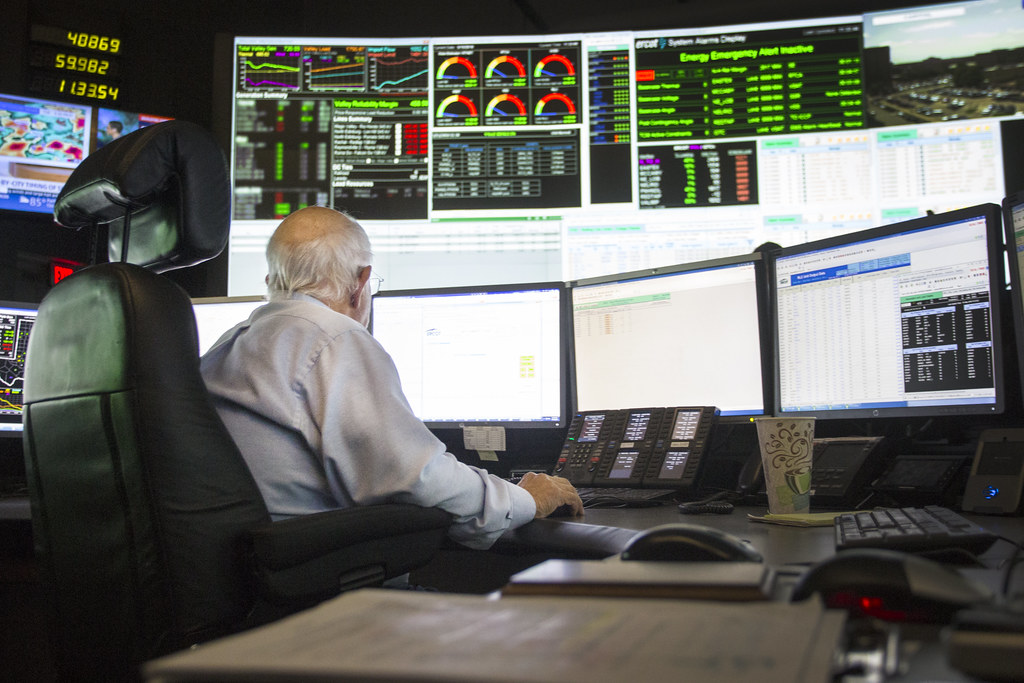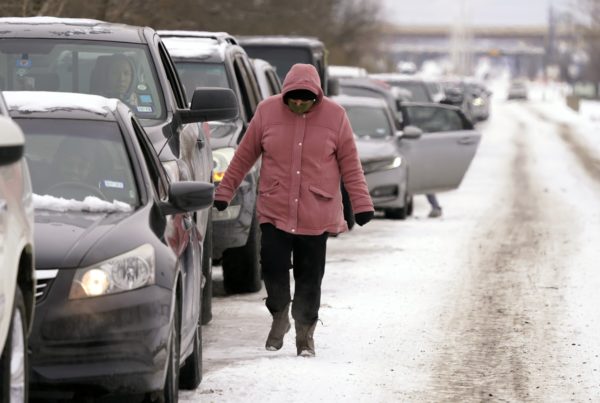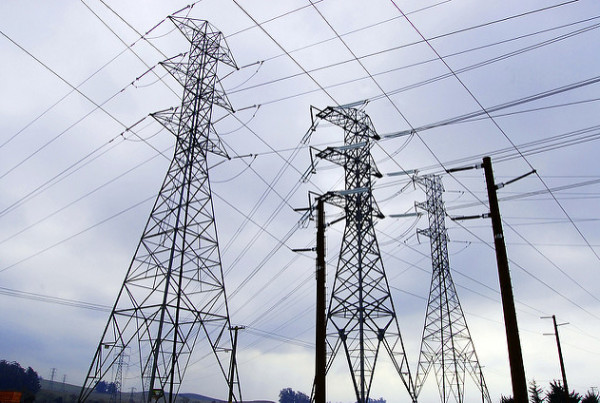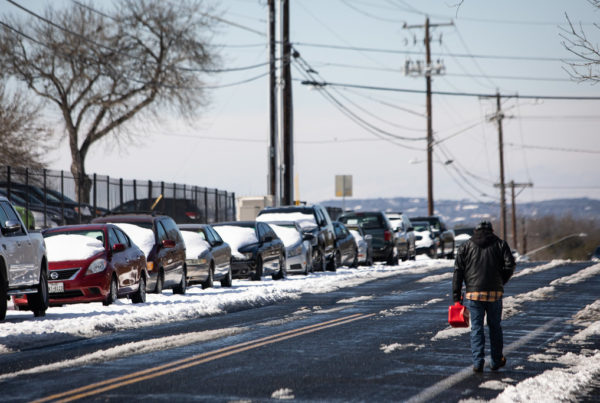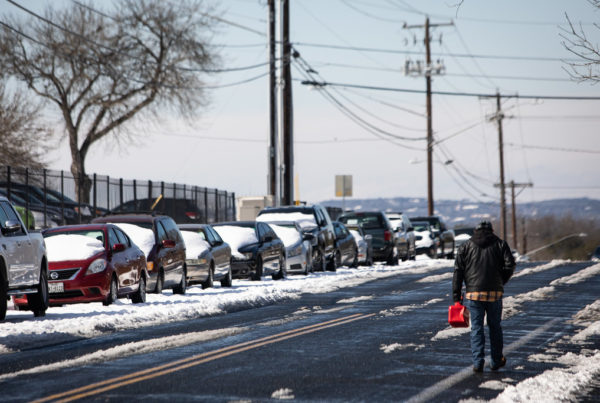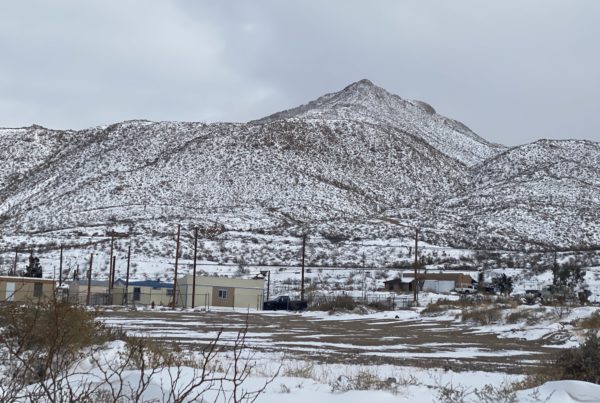A conversation on Wednesday’s Texas Standard addressed the ways the structure of the state’s energy market contributed to so many people losing power this week. That conversation continues today with a look at how the energy market works, and why producers don’t have incentives to provide more.
Ed Hirs, an energy fellow in the Department of Economics at the University of Houston told the Standard that understanding how the consumer energy market in Texas works requires an understanding of the role of the Electric Reliability Council of Texas, or ERCOT.
“ERCOT performs the role of the intermediary, and so generators offer electricity into the market,” Hirs said. “ERCOT essentially sets the price.”
Based on that price, electricity is distributed to local distribution companies and resellers who provide power to consumers.
Even after the cold temperatures and power interruptions end for Texans, there could be another surprise, in the form of high electric bills. Hirs says the wholesale price of energy in the state, as set by an entity called Griddy, is up to $9 per kilowatt-hour. Hirs calculates that the daily electricity cost for an average home or apartment could jump from $1.20 to $270, based on that high rate.
Increased demand has a lot to do with energy price spikes, as well as the fact that utilities buy energy at a guaranteed price that includes a markup from the wholesale price.
“They lay off the risk of any price increases in the financial markets,” Hirs said.
During the current crisis, some distributors have indicated that they do not have energy to provide.
“We’ve got 30%-40% of the generation fleet of ERCOT offline right now,” Hirs said.
He says that Texas now needs to generate the same amount of power in winter that it typically does during the hot summer months. But because demand is typically far higher in the summer months, some providers stop generating energy at the end of September, and don’t have a financial incentive to upgrade their equipment to withstand winter cold, Hirs says. That market disincentive keeps energy availability low in winter, and regulators have not taken steps to change that.
“We’ve already seen this game played out in California in 2000 and 2001,” Hirs said. “And the [Texas] Legislature and the governor – [Rick] Perry – signed the bill. … They set this market up to be even less stable than the California market.”
To be ready for future weather events, Hirs says energy providers should be given incentives to improve their equipment and increase capacity.
“The path of deterioration and the generation fleet was well-known several years ago, and the state leadership refused to do anything about it,” Hirs said.


